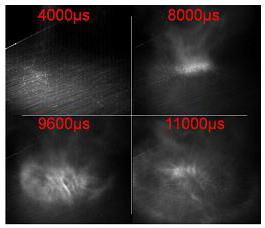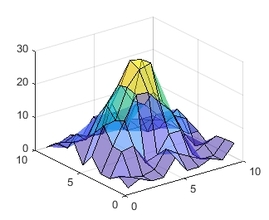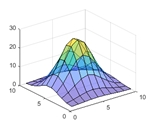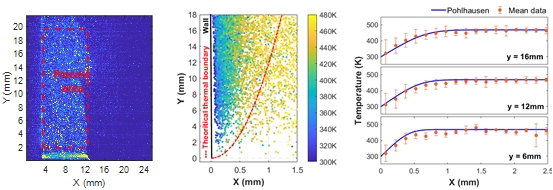High spatial resolution fluid thermometry
Fluid thermometry based on 2-D particle images fits
Person in charge: Guangtao Xuan
Temperature measurements based on thermographic phosphor particles have recently been developed for temperature imaging in a variety of applications involving both gas and liquid flows. Micron size phosphor particles are seeded into the flow and the temperature can be inferred from probing either the temporal or spectral characteristics of the particle luminescence emission, also referred to as the lifetime or intensity ratio-based methods, respectively. For both approaches, a low pass spatial filter is applied to the temporally or spectrally separated luminescence images either by hardware binning or software-based averaging in order to increase the signal to noise ratio. This averaging typically results in a low in-plane spatial resolution , depending on the averaging sub-volume, and introduces the interference.
At LTT, we develop a new technique which combines high-resolution imaging and two-dimensional fittings to treat the signals from individual particles. The method concept and a demonstration of technique are shown below.
A two-dimensional Gaussian function can approximately describe the single particle intensity distribution in a blur-free and aberration-free luminescence image so that each particle acts as an independent thermometer
 |
 |
 |
 |
 |
Thermal boundary resolved when a hot jet at 470 K flows over a cold surface which is at room temperature.
